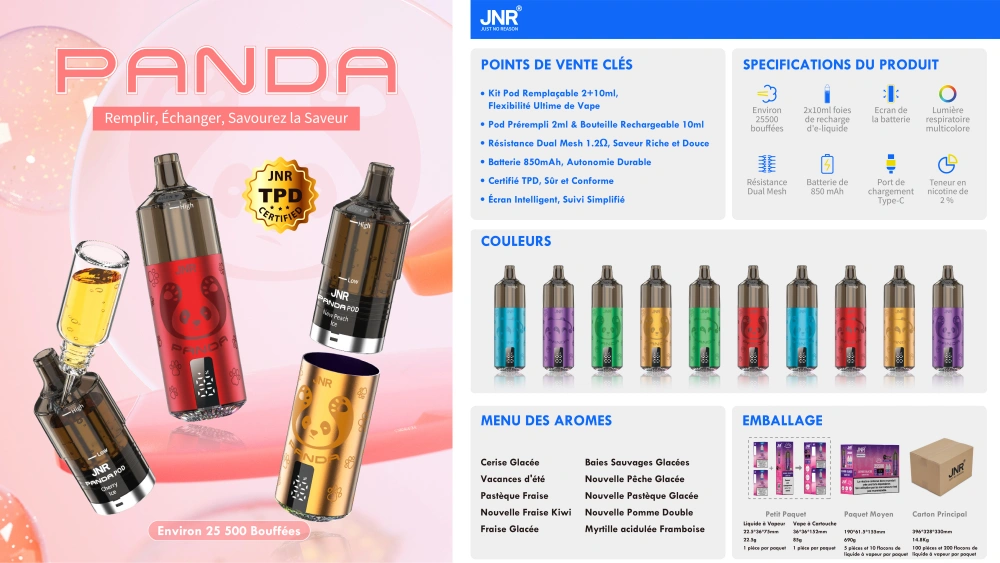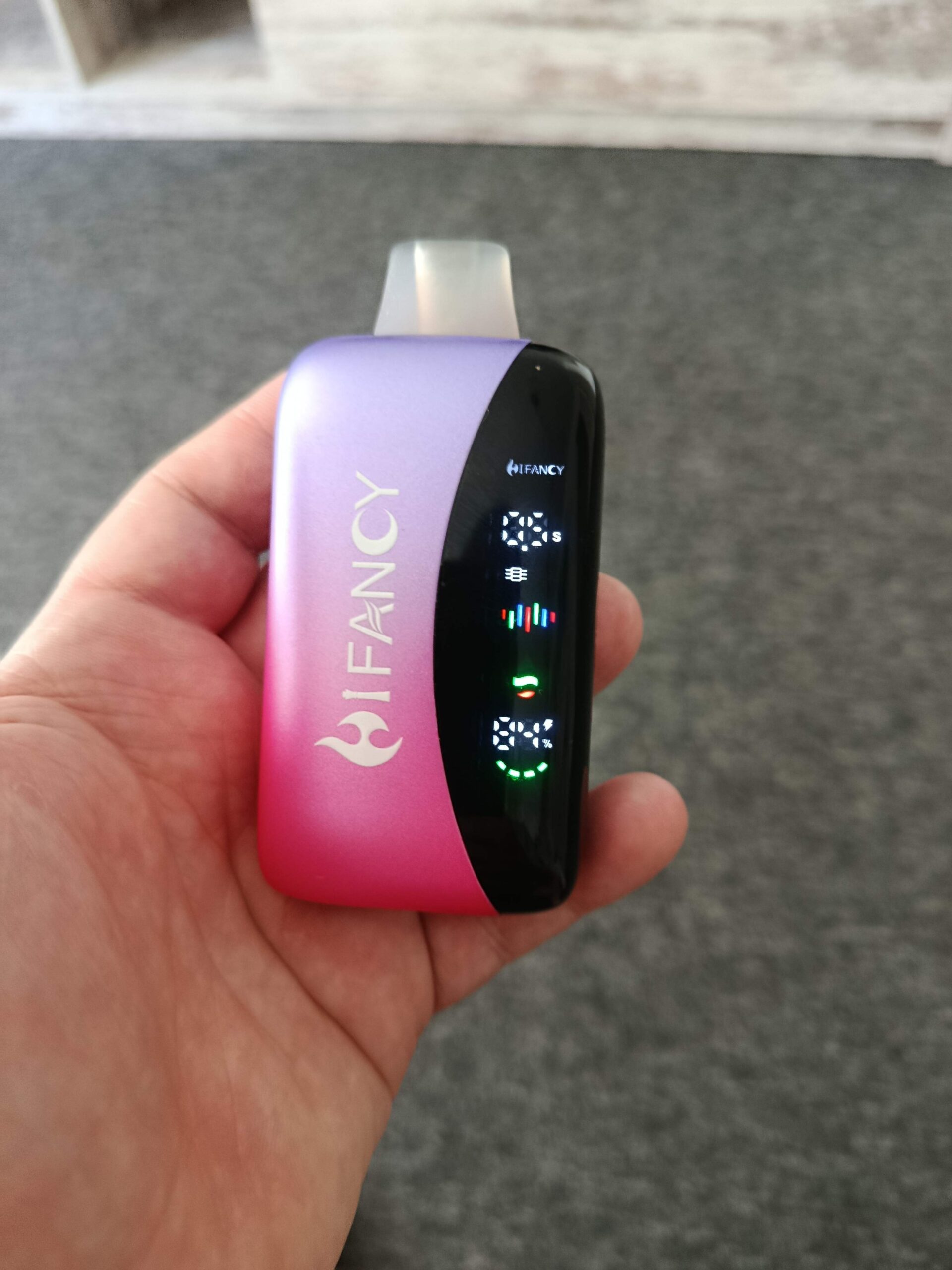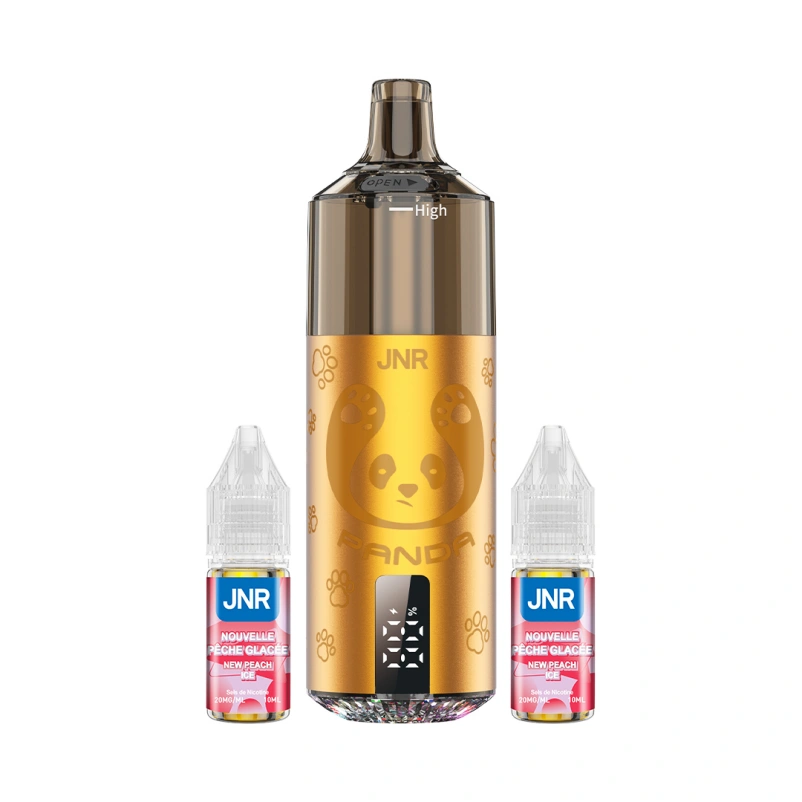Impactul politicilor fiscale asupra țigărilor electronice

Impact of E-Cigarette Tax Policies on Global Markets and Industry Dynamics
Fiscal Pressure and Market Restructuring in Key Economies
United States: Layered Taxation and Regulatory Compliance Costs
The U.S. imposes a dual-tier tax structure on e-cigarettes, combining federal excise taxes with state-level levies. As of 2025, 33 states apply specific taxes on e-cigarette products, with rates ranging from 15% to 95% of wholesale prices. For instance, Minnesota’s 95% wholesale tax has led to a 60% decline in small retailer numbers since 2022, while California’s combined 52.92% wholesale and 12.5% retail tax has pushed average pod system prices above 25.FederalenforcementofthePMTA(Pre−MarketTobaccoApplication)processfurtherescalatescosts,withcomplianceexpensesexceedîng1 million per product for manufacturers. This regulatory-fiscal double burden has accelerated industry consolidation, reducing the number of licensed producers by 40% since 2023.
European Union: Harmonization Efforts and Cross-Border Challenges
The EU’s 2024 Tobacco Products Directive (TPD) amendments introduced minimum excise duties of €0.10 per milliliter of e-liquid, with member states like Ireland imposing additional national taxes. Ireland’s 2025 e-liquid tax of €0.50 per milliliter has increased 10ml bottle retail prices from €5 to €10, triggering a 35% drop in legal sales volume. Simultaneously, Poland’s phased tax hikes—from €0.20 to €0.40 per milliliter by 2027—have created arbitrage opportunities, with gray market imports from Ukraine rising 200% in Q1 2025. The EU’s push for tax harmonization faces resistance from low-tax jurisdictions like Hungary, which maintains a €0.05 per milliliter rate to protect its €200 million e-cigarette manufacturing sector.
Consumer Behavior Shifts and Public Health Implications
Price Sensitivity and Demand Elasticity
Empirical data from the U.K. reveals a -0.8 price elasticity for disposable e-cigarettes, with a 10% tax-induced price increase reducing consumption by 8%. In contrast, refillable devices exhibit -0.5 elasticity due to higher user loyalty. This disparity has led to market polarization: disposables’ share of total sales fell from 65% in 2023 to 48% in 2025, while refillable pod systems grew from 25% to 37%. Public health researchers caution that tax-driven price hikes may push 15–20% of former smokers back to combustible cigarettes, undermining harm reduction goals.
Youth Access and Illicit Trade Proliferation
Strict age verification laws and flavor bans in the U.S. and EU have coincided with a surge in counterfeit products. INTERPOL reports that 22% of e-cigarettes seized globally in 2024 were fake, with China-origin counterfeits accounting for 68% of these cases. High taxes exacerbate the problem: in California, where legal pod systems cost 25,illicitalternativessellfsau8–$10, lacking age verification and quality controls. The CDC estimates that tax-induced price differentials could double illicit trade’s market share to 30% by 2026, reversing years of progress in reducing youth vaping rates.
Industry Adaptation Strategies and Competitive Landscape
Supply Chain Optimization and Localization
To mitigate tax burdens, manufacturers are restructuring operations. Major Chinese producers like Smoore International have shifted 40% of disposable device production to Indonesia and Malaysia, where labor costs are 30% lower and excise duties absent. Simultaneously, European brands are investing in automated refillable pod assembly lines, reducing production costs by 25%. This localization trend has disrupted global trade flows: China’s e-cigarette exports to the EU fell 18% in 2024, while intra-ASEAN shipments rose 35%.
Product Innovation and Regulatory Arbitrage
Firms are developing tax-efficient products to navigate fragmented policies. For example, “zero-nicotine” e-liquids, which fall outside tax scopes in 12 U.S. states, grew 200% in 2024. In the EU, manufacturers are exploiting loopholes in the TPD’s definition of “tobacco products” by marketing synthetic nicotine devices as “non-tobacco alternatives,” avoiding €0.10 per milliliter taxes in Germany and France. These strategies, however, face legal risks: the FDA fined three U.S. brands $5 million in 2025 for mislabeling nicotine-free products.
Emerging Market Opportunities and Geopolitical Risks
Africa and Southeast Asia: Untapped Potential Amid Regulatory Gaps
With only 3% e-cigarette penetration, Africa represents a $2 billion growth opportunity by 2030. Nigeria and Kenya, which impose no excise duties, have seen imports surge 150% annually since 2023. Similarly, Southeast Asia’s patchwork regulations—Thailand’s outright ban contrasts with Malaysia’s 10% sales tax—has created a two-tier market. Legitimate businesses in compliant countries like Singapore struggle to compete with gray market imports, which undercut prices by 40%.
Trade Wars and Supply Chain Vulnerabilities
The U.S.-China trade conflict has escalated e-cigarette tariffs from 10% to 35% since 2023, forcing U.S. importers to absorb 12–15% cost increases or pass them to consumers. In response, 18% of U.S. retailers switched to Mexican-sourced products, though quality concerns persist. Meanwhile, the EU’s Carbon Border Adjustment Mechanism (CBAM) adds €0.03 per device to imports from high-emission producers like China, incentivizing shifts to greener manufacturing hubs in Turkey and North Africa.
Long-Term Policy Considerations for Sustainable Growth
Balancing Fiscal Revenue with Harm Reduction
Governments face a policy dilemma: maximizing tax revenue while avoiding unintended health consequences. New Zealand’s tiered tax system, which imposes lower rates on low-nicotine products, increased legal sales by 22% in 2024 without boosting youth uptake. Conversely, France’s flat €0.30 per milliliter tax reduced adult vaping by 15% while leaving illicit trade untouched.
International Coordination and Standardization
The WHO’s Framework Convention on Tobacco Control (FCTC) lacks binding e-cigarette tax guidelines, enabling regulatory arbitrage. A proposed Global Minimum E-Liquid Tax (GMELT) of €0.05 per milliliter, supported by 45 countries, could reduce cross-border tax shopping but faces opposition from low-income nations reliant on e-cigarette manufacturing jobs. Until global standards emerge, fragmented policies will continue shaping industry evolution, favoring agile multinationals over smaller players.









